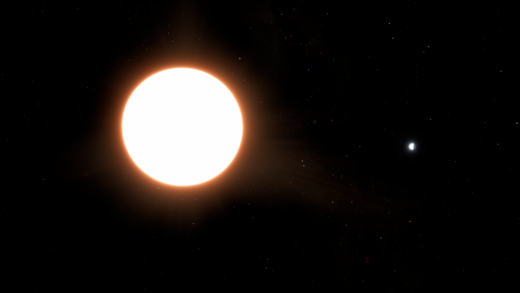
A significant advancement has been made at the Vera C. Rubin Observatory with the successful installation of the Large Synoptic Survey Telescope (LSST) Camera. This camera, the largest digital imaging device ever built, is set to capture extensive observations of the southern hemisphere’s night sky over the next decade. With its placement on the Simonyi Survey Telescope now completed, the final phase of testing is set to begin before the observatory starts its full-scale operations in 2025. The telescope, a collaborative effort funded by the U.S. National Science Foundation (NSF) and the Department of Energy (DOE), is designed to generate an unparalleled time-lapse record of the universe.
LSST Camera to Enable Unprecedented Sky Mapping
According to the NSF–DOE Vera C. Rubin Observatory, the LSST Camera will systematically scan the entire sky every few nights, producing high-resolution images on an unprecedented scale. The observatory’s statement highlights that each image generated will be so detailed that displaying a single one would require 400 ultra-high-definition television screens. With this capability, the camera is expected to detect celestial phenomena such as supernovae, asteroids, and pulsating stars, providing valuable insights into cosmic events.
Advancing the Study of Dark Matter and Dark Energy
The Vera C. Rubin Observatory, named in honour of astronomer Vera Rubin, is equipped to investigate dark matter and dark energy, two of the most elusive components of the universe. Rubin’s research, conducted alongside Kent Ford, demonstrated that galaxies were rotating at speeds inconsistent with known gravitational models, leading to the conclusion that an invisible mass—now referred to as dark matter—was influencing their motion. The observatory’s advanced optics and data-processing capabilities are expected to refine current understanding of these cosmic forces.
Complex Installation Process Successfully Executed
The process of mounting the LSST Camera onto the Simonyi Survey Telescope required extensive planning and precise execution. As per the Rubin Observatory team, a specialised lifting platform was utilised to transport the camera from the observatory’s clean room to the telescope’s main structure. Freddy Muñoz, Mechanical Group Lead at the observatory, stated in an official release that securing the camera was a coordinated effort involving millimetre-level precision and collaboration across multiple teams.
Final Preparations Underway Before First Light
Over the coming weeks, technical teams will be integrating the LSST Camera’s systems and conducting thorough testing to ensure full operational readiness. Once testing is complete, the telescope will begin capturing its first images, marking a new era in astronomical observation. Located in Cerro Pachón, Chile, the Rubin Observatory is expected to officially begin scientific operations in 2025.
For the latest tech news and reviews, follow Gadgets 360 on X, Facebook, WhatsApp, Threads and Google News. For the latest videos on gadgets and tech, subscribe to our YouTube channel. If you want to know everything about top influencers, follow our in-house Who’sThat360 on Instagram and YouTube.




